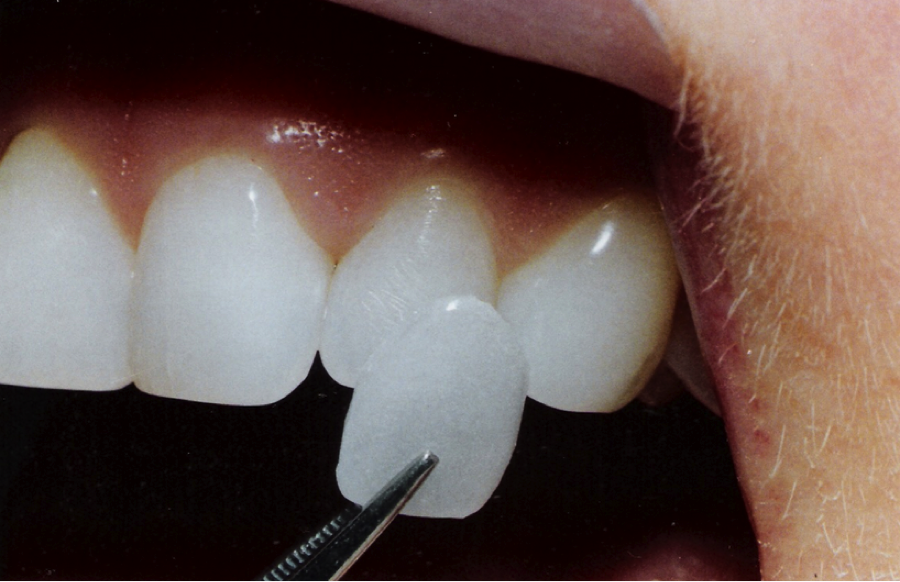 When faced with the decision between more intensive dental work such as dental implants or veneers, many people are confused about which way to lean. Although you should always consult a professional dentist when considering dental treatment, it is helpful to understand the veneer process before talking with a dentist.
When faced with the decision between more intensive dental work such as dental implants or veneers, many people are confused about which way to lean. Although you should always consult a professional dentist when considering dental treatment, it is helpful to understand the veneer process before talking with a dentist.
What is a Veneer?
A veneer is a thin layer of material that is put over a tooth. It can be purely aesthetic or it can be there to protect the tooth’s surface from additional damage. There are two different types of veneers: composite and dental porcelain. Both types offer resistance to further erosion, but cannot fix the damage already done.
Composite Veneers
Composite veneer is inserted in one of two ways: directly placed or indirectly fabricated. A plus with composite veneers is the easy application and the cheaper cost (about half of a dental porcelain veneer). They can be applied in as little as one day and last up to four to eight years. They do require maintenance, however, as they chip.
Porcelain Veneers
Porcelain veneers are longer lasting. They typically last twelve to twenty-five years long and rarely require any maintenance efforts. They are sometimes easy-to-apply with a no-prep veneer option available to some. Custom-made veneers can create a fresh white color on the teeth and remove the old appearance of coffee or cigarette smoke stains.
Take Care of Your Veneers
Veneers are not a reverse treatment and the teeth will continue to erode with time. It is important to have regular maintenance checks and to avoid excessive stress on your Veneers. Just as you shouldn’t open bottles with your teeth or chew ice, you shouldn’t do either of those things with your new Veneers. Speak with your dentist about whether Veneers are the right option for your smile and for your health.





